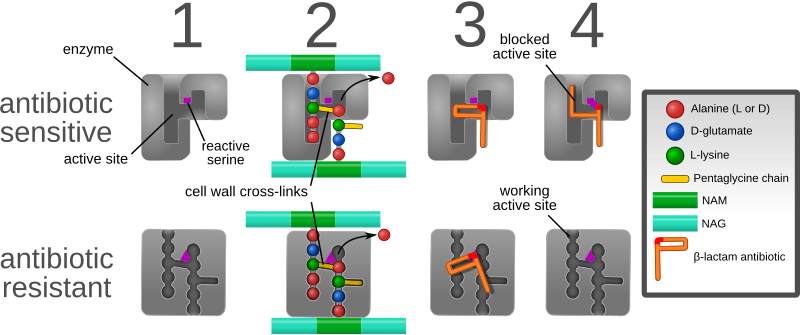

| Visitors Now: | |
| Total Visits: | |
| Total Stories: |

| Story Views | |
| Now: | |
| Last Hour: | |
| Last 24 Hours: | |
| Total: | |
Antibiotic Contamination A Threat To Humans And The Environment
Researchers from the University of Gothenburg, Sweden, spend August in Sisimiut on the west coast of Greenland studying the prevalence of antibiotic resistance and the effects of antibiotic emissions on communities of bacteria living in marine sediments. More specifically, they were investigating how communities of bacteria in sediment and clay on the seabed are affected by exposure to antibiotics.

Credit: Wikipedia
“We know very little about what happens to antibiotics that end up in the ocean, but several substances can accumulate in sediments where biodegradation occurs extremely slowly,” says researcher Maria Granberg.
More than 10,000 tonnes of antibiotics are consumed in Europe each year, and 30-60% pass through animals and humans completely unchanged. The different substances then reach the ocean via hospitals, municipal sewage, fish farms and run-off from agriculture and landfills.
The research group from the University of Gothenburg are focusing on the potential effects of accumulating antibiotics in the seabed.
“Our aim is to document the sea’s natural microbial structure and function as well as resistance patterns, so that we can determine if and in what way things change as a result of human activity,” says Maria Granberg.
Greenland is home not only to areas of very clean water, the like of which just does not exist in Sweden, but also highly polluted water. As such, it is an excellent location for studying environmental impacts.
“Greenland has no sewage treatment whatsoever, which means that waste water from inhabited areas is discharged straight into the sea,” says Maria Granberg. “So Greenland is home to both very clean and very polluted waters, which is great for comparing environmentally pristine areas with polluted ones.”
The soft sediments on the seabed act as a reservoir for hard-to-break-down substances that are released into the environment. Even substances that are not discharged directly into the sea gradually find their way there from the land and air via rainwater. This means that antibiotics can affect marine sediment ecosystems over a long period, with detrimental effects on natural marine communities of bacteria, among other things.
“The presence of antibiotics in the marine environment is worrying as it can result in widespread resistance to antibiotics in marine bacteria with unknown consequences for the spread of resistance genes to bacteria that can reach humans through the consumption of seafood and fish.”
The marine sediment bacteria being studied are also important from a global perspective as they metabolise both nitrogen and carbon, which are linked to both eutrophication and climate problems. A key aspect is also that resistance genes can be transferred between bacteria.
“We know very little about how antibiotics affect natural systems and how antibiotic resistance develops and spreads in these systems,” says Maria Granberg. “This knowledge is, however, vital if we are to identify the sources of, and understand, the mechanisms behind the development of antibiotic resistance, which constitutes a threat to both the functioning of ecosystems and human health.”
This year’s research trip was a collaboration between the Department of Biology and Environmental Sciences and the University of Gothenburg’s Sahlgrenska Academy, the Department of Arctic Technology at the Technical University of Denmark and the Research Station Agroscope Changins-Wädenswil in Switzerland.
Contacts and sources:
Maria Granberg
University of Gothenburg


